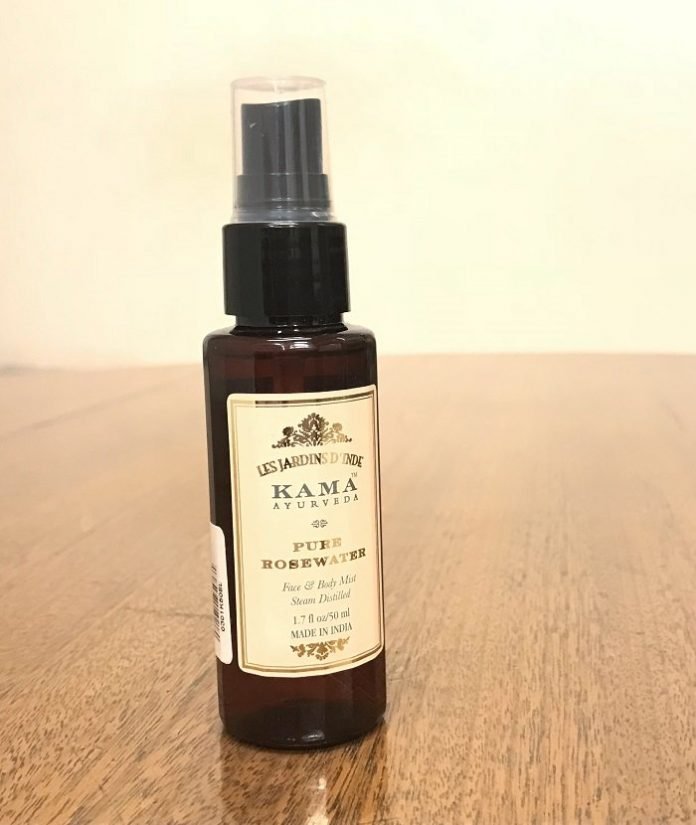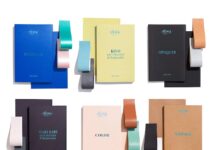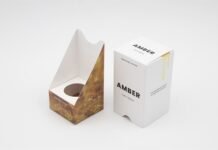‘You would look beautiful if you had a lighter skin tone,’ is a statement that haunts most dark-skinned people at least once in their life. Colorism, a term coined by Alice Walker in 1982, describes the prejudice that lighter skin is more beautiful – a social evil that persists in South Asia too. From Indian matrimonial websites with mile-long listings by families demanding brides of ‘fair complexion’ for their sons to Bollywood songs hailing fair skin tones, colorism has long influenced the idea of beauty in India and other South Asian countries.

Naturally, colorism affects women more than men – women are subjected to patriarchal beauty standards. In general, society is critical towards women and dictates how women should look in order to be considered ‘beautiful’ and these artificial standards are often very high. Advertisements of skin lightening products display women of darker color failing at life and instantly achieving success as they use the product to lighten their skin.
Apart from the idea of beauty, skin color is also an aspect of racialism, a highly pressing matter worldwide. The concept that dark-skinned people are inferior is still widely prevalent in the age of so-called egalitarianism and diversity.
Archana Akil Kumar, a South Indian model, reports in Vogue India’s October 2018 issue, “Coming from South India, people never made me feel bad about my skin tone. But when I started modeling, I was told I was not feminine enough and I did not fit in. Like every other dusky or dark-skinned model, I was also told that I was not pretty and I wouldn’t be cast in commercials.”
Bollywood actresses such as Deepika Padukone, Shilpa Shetty, Bipasha Basu, and Kajol Devgn were popular for their dusky skin complexion. However, as they gained popularity, magazines started to use photoshop for ‘skin correction’ to make them appear lighter on their covers. These women are rumored to have surrendered to patriarchal beauty standards, by subsequently submitting to skin lightening procedures, according to Daily Hunt (www.dailyhunt.in).
The color of money

their organic makeup products
On the other hand, black is a color that goes hand in hand with prestige, luxury, and pride. From luxury cars, clothes, to product packaging, black is the preferred color above any other. It is a shame that the same color denotes inferiority when seen on human beings. It is indeed a strange irony that many sophisticates see black as a sign of luxury for products and clothes but prefer white in skin color.
The campaign #unfairandlovely refers to the highly popular skin lightening cream, Fair and Lovely, launched in India in 1975 which claims to give ‘hope to millions of women around the world, especially in Asia, who desired fairer and even-toned skin, for how it made them feel about themselves, and for how it made the world see them.’ (www.fairandlovely.in). Clearly, the skin cream attaches the notion of self-worth with the skin color resulting in insecurity and an inferiority complex in darker women and men.
Earlier, beauty products conformed to these ideals by presenting a white-skinned woman on the packaging of the beauty product. Fair and Lovely, for instance, depicts a transition in a woman’s skin color from dark to light; the same goes for its counterpart for men, Fair and Handsome, launched in 2005. Fair and Lovely is one such example from the sea of beauty products including Vicco Tumeric, Olay, and Ponds that showed white-skinned women not only on their packaging but in their advertisements as well. Such products promise skin lightening effects in as little time as four weeks. A skin tone color strip is also provided at the back of the packaging for the user to compare and observe the results. Ironically, skin tones that are frowned at in India are prized in the West. More and more western women are using artificial and natural tanning remedies to achieve the honey skin complexion so hated in India.
Embracing diversity

body wash
Thanks to movements such as #unfairandlovely, launched by Pax Jones, a photographer from Texas, people have started to celebrate all skin tones. Natural beauty is celebrated and young women are made to believe that they don’t need to change their appearance to be beautiful. Dove’s Real Beauty campaign promotes a healthy body image by showing women of different sizes and colors in their advertisements.
Earlier this year, popular singer Rihanna launched her makeup line, Fenty Beauty, featuring products in all skin tones and colors to include women of all colors. Such campaigns are seen as positive reinforcements for women to accept and take pride in their natural form and color, hence broadening the spectrum of the term ‘beautiful.’ Similarly, Maybelline has launched a wide range of foundation cosmetics in different skin tones to match all Indian skin tones.
Since natural skin tone is being rightfully appreciated and accepted, beauty products are evolving to accommodate the trend. Skin-friendly products that enhance one’s natural features instead of concealing and altering are cropping up in the cosmetic and skin care industry. The effort to attach a sense of pride to dark skin colors is ongoing and lately even seen as an opportunity by cosmetic brands. The changes in beauty product trends are often most visible in their packaging.
Minimalism
Since challenging colorism is about taking pride in natural beauty instead of lathering the skin with layers of makeup, minimalism has gained strength. Minimalism has influenced the way brands package their products as well. Brands are refraining from providing too much information on their product’s labels and are adopting simplicity in packaging. The packaging of cosmetic products is becoming more to-the-point and minimal.
Transparent packaging options such as glass and plastic are preferred as they give a visual advantage to the buyer while looking clean and honest. Pears, a brand known for its gentle cleansing products, is popular for its transparent packaging with a clean label. The brand recently launched new packaging for its body washes in a rectangular and transparent rigid plastic bottle. Muji, a Japanese minimalist brand, uses brown translucent bottles to package their skin care products with a minimal label. Kama Ayurveda, an Indian ayurvedic skin care products brand, uses brown color to package products, hence attaching the connotation that brown is beautiful to their ideology.
Sustainable solutions
Most skin care and cosmetic products contain plastic microbeads, which are supposed to scrub the skin away to reveal a lighter skin tone. These microbeads are not only harmful to the skin but to nature as well. For this reason, similar to all the other industries, the cosmetic and skin care industry is also working towards reducing its carbon footprint and claiming to do away with plastic microbeads in skin and beauty products. Organic and natural beauty products that do not contain plastic microbeads are being preferred more and sustainable packaging solutions are also gaining momentum. In some countries, plastic microbeads are already banned for use in cosmetics.
Root Bazaar, for instance, is an Indian zero-waste cosmetic brand that makes its products from natural sources. They follow the trend of minimalism and package their products in up-cycled glass bottles and use compostable coconut fiber twig to make tags.
Antonym, a certified organic cosmetic brand, is absolutely vegan and cruelty-free. The USP of the brand lies in the fact that it uses bamboo to package its products with no use of plastic. Instead of labels, the information is directly printed on the wooden surface of the packaging. However, its products are out of reach for most since they range in price from Rs. 1000 to Rs. 10,000.
Smaller pack options

little information and plain brown
plastic packaging
With increased disposable income, more and more people are discovering the joys of traveling. Even so, they are not ready to compromise on the quality of their skin regimen leading brands to come up with smaller variants of their products for the nomadic section of the population. The smaller variants are easy to handle while being affordable.
Moreover, consumer concern for the environment is also inclining manufacturers towards smaller packaging options. Smaller packages allow manufacturers to use eco-friendly and lightweight packaging solutions. This limits the use of plastic and encourages the use of recycled materials. However, the packaging of smaller variants causes more pollution if not handled well.
Moving towards naturalism
When asked about what she thinks about the idea of beauty attached to the skin, a young woman at a Kama Ayurveda store in Noida browsing through their ayurvedic products, said, “Young or old, everyone wants to look good which means they think a lot about their skin color. At the same time, I have seen people who have made up their minds against using chemicals or industrial products and believe them to be harmful for the skin. They are resorting to more ayurvedic or natural remedies.”
The young woman added, “People are becoming more accepting in terms of different skin tones. In fact, wheatish skin color has been included amongst one of the preferred skin tones.”












